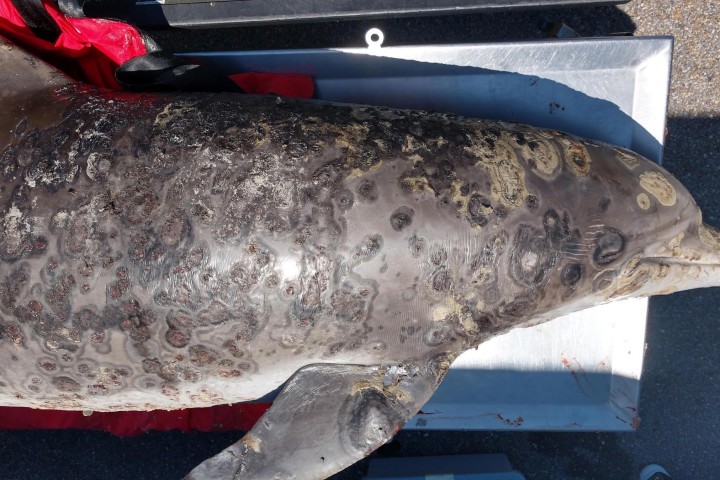New Study Finds Link Between Climate Change, Skin Disease Killing Dolphins

Following Hurricane Katrina in 2005, a number of dolphins were found dead from a fatal skin disease near New Orleans, Louisiana's biggest city. The same incident has been observed in numerous parts of the world, but the exact cause of this mysterious disease has never been known.
Today, 15 years later, a new study carried out by researchers at the Marine Mammal Centre in Sausalito, California, and the Murdoch University in Australia, suggested it might be caused by the environmental changes in the dolphins' marine habitat that are linked to climate change. The study was published in the latest issue of the Scientific Reports journal.
In an analysis that identified a link between climate conditions and the death of dolphins from the skin disease, researchers found one common factor among all the death cases that occurred in the U.S. and in other regions of the world like Australia: they happened after the wake of severe storms such as hurricanes and cyclones, in which a massive volume of freshwater rain falls onto land, with subsequent run-off finding its way into rivers and coastal waters.
According to the study, the danger of such sudden deluge events is that they rapidly diminish the salinity of the saltwater that coastal dolphins live in, producing hypo-saline conditions that can persist for weeks or months, as environmental monitoring data from the Australian sites show. Dolphins can tolerate hypo-saline conditions, but only for a short while, with prolonged exposure to freshwater resulting in a range of changes to the animals' skin and blood chemistry, producing dermatitis, lesions, and other physiological stresses, accompanied by opportunistic colonization by algae, fungi, and bacteria.
"The breaks in the skin cause the dolphin to lose vital ions and proteins from their bodies. So when all of that is oozing out of them, the fresh water then rushes in, which causes swellings and ulcers," said lead author Nahiid Stephens from Murdoch University in Australia in a report published Wednesday on the Science Alert website.
The lesions are equivalent to third-degree burns in humans, a horrific injury that can very rapidly result in death. It kills them because it causes electrolyte disruptions in their blood stream and they ultimately end up with organ failure, he added.

_0.jpg)